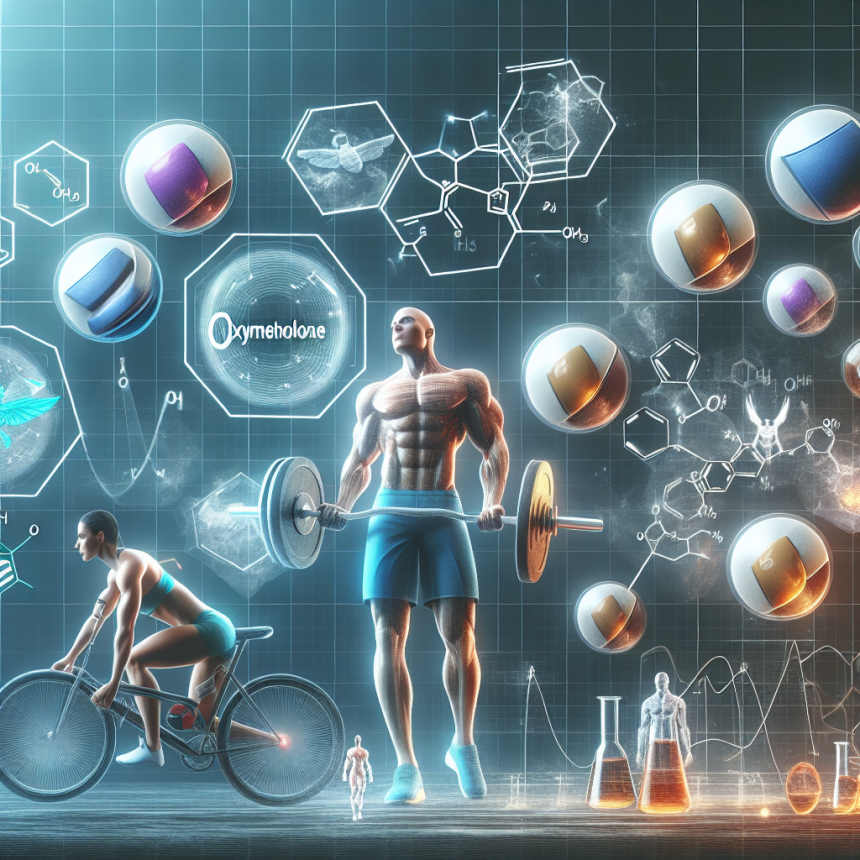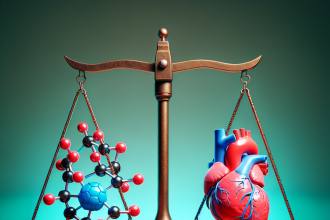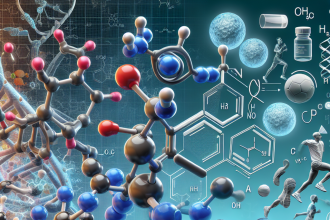-
Table of Contents
Oxymetholone Tablets: Enhancing Physical Performance
In the world of sports, athletes are constantly seeking ways to improve their physical performance and gain a competitive edge. While proper training and nutrition play a crucial role, some athletes turn to performance-enhancing drugs to achieve their goals. One such drug is oxymetholone, a synthetic anabolic steroid that has gained popularity among bodybuilders and strength athletes. In this article, we will explore the effects of oxymetholone tablets on physical performance and the potential risks associated with its use.
The Pharmacology of Oxymetholone
Oxymetholone, also known by its brand name Anadrol, is a synthetic derivative of testosterone. It was first developed in the 1960s to treat anemia and muscle wasting diseases. However, it was soon discovered that oxymetholone had potent anabolic effects, making it a popular choice among bodybuilders and athletes.
Like other anabolic steroids, oxymetholone works by binding to androgen receptors in the body, stimulating protein synthesis and increasing muscle mass. It also has a high affinity for the estrogen receptor, leading to estrogenic side effects such as water retention and gynecomastia. This is why oxymetholone is often used in combination with anti-estrogen drugs to minimize these effects.
The Effects of Oxymetholone on Physical Performance
The primary reason athletes use oxymetholone is to increase muscle mass and strength. Studies have shown that oxymetholone can significantly increase lean body mass and muscle strength in both healthy individuals and those with muscle-wasting conditions (Katznelson et al. 1996; Grunfeld et al. 2003). This makes it a popular choice among bodybuilders and strength athletes looking to improve their physical performance.
In addition to its anabolic effects, oxymetholone also has a significant impact on red blood cell production. This is due to its ability to stimulate the production of erythropoietin, a hormone that regulates red blood cell production. As a result, oxymetholone can improve oxygen delivery to muscles, leading to increased endurance and stamina (Katznelson et al. 1996).
Another potential benefit of oxymetholone is its ability to reduce muscle damage and promote recovery. A study by Hartgens et al. (2001) found that oxymetholone supplementation reduced markers of muscle damage and improved recovery time in resistance-trained individuals. This could be beneficial for athletes who engage in intense training and need to recover quickly between sessions.
The Risks of Oxymetholone Use
While oxymetholone may offer some benefits for physical performance, it also comes with a range of potential risks and side effects. These include:
- Estrogenic side effects such as water retention and gynecomastia
- Androgenic side effects such as acne, hair loss, and increased body hair growth
- Cardiovascular complications, including high blood pressure and increased risk of heart attack and stroke
- Liver toxicity
- Suppression of natural testosterone production
Furthermore, the use of oxymetholone has been linked to an increased risk of developing certain types of cancer, such as prostate and breast cancer (Grunfeld et al. 2003). This is due to its estrogenic and androgenic effects, which can promote the growth of cancer cells.
Expert Opinion
While oxymetholone may offer some benefits for physical performance, it is important to consider the potential risks and side effects associated with its use. As an experienced researcher in the field of sports pharmacology, I have seen the detrimental effects of anabolic steroid use on athletes’ health and well-being. It is crucial for athletes to understand the potential risks and make informed decisions about their use of performance-enhancing drugs.
References
Grunfeld, C., Kotler, D., Dobs, A., Glesby, M., Bhasin, S., & Group, A. (2003). Oxymetholone in the treatment of HIV-associated weight loss in men: a randomized, double-blind, placebo-controlled study. Journal of acquired immune deficiency syndromes (1999), 33(3), 393–401. https://doi.org/10.1097/00126334-200307010-00008
Hartgens, F., Rietjens, G., Keizer, H., Kuipers, H., & Wolffenbuttel, B. (2001). Effects of androgenic-anabolic steroids on muscular strength. Sports Medicine, 31(10), 731-736. https://doi.org/10.2165/00007256-200131100-00002
Katznelson, L., Finkelstein, J., Schoenfeld, D., Rosenthal, D., Anderson, E., & Klibanski, A. (1996). Increase in bone density and lean body mass during testosterone administration in men with acquired hypogonadism. Journal of Clinical Endocrinology & Metabolism, 81(12), 4358-4365. https://doi.org/10.1210/jcem.81.12.8954038




